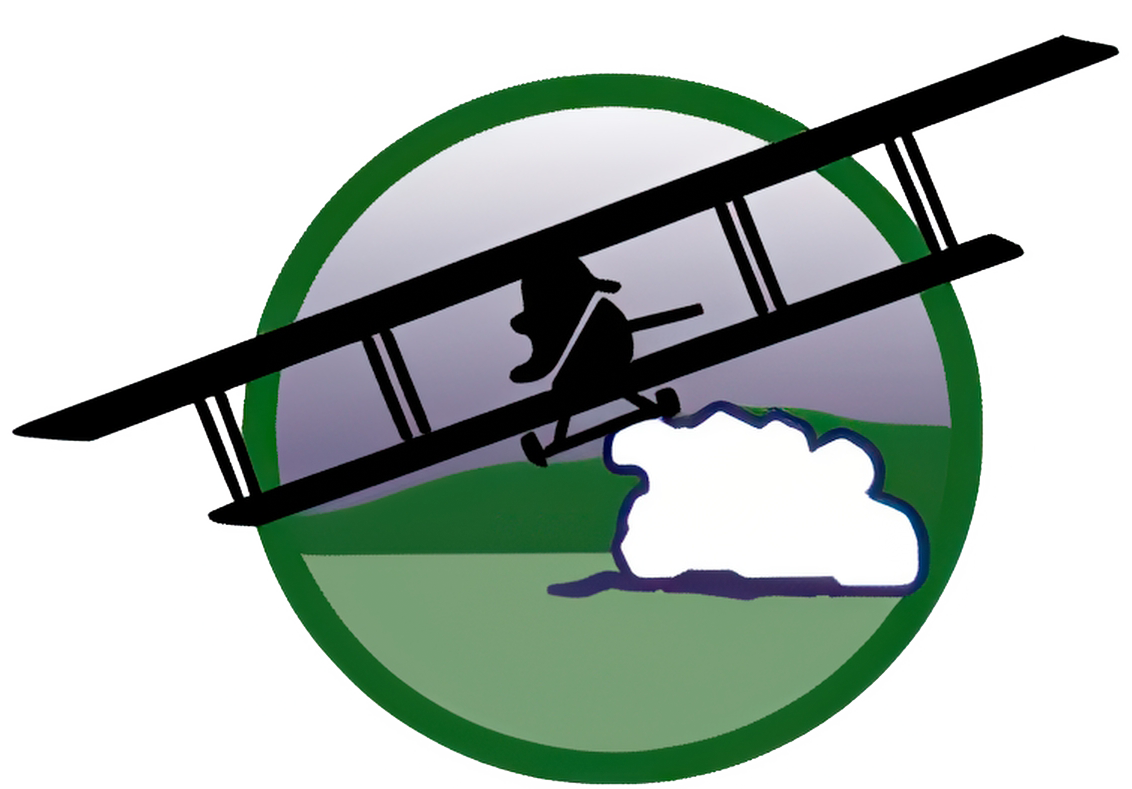Etienne Dormoy — National Agricultural Aviation Hall of Fame
Introduction
Etienne Dormoy was a visionary French-born aeronautical engineer, designer, pilot, and inventor whose innovative spirit profoundly shaped early aviation and laid the technological foundation for agricultural aviation. His career traversed continents, world wars, and many milestones in aeronautical history.
Early Life and Education
- Born: February 10, 1885, Vandecourt, France
- Education: Graduated from the Division of Civil Engineering, Institute of Northern France
- Military Service: French military engineer (1906–1908)
Early Aviation Work in France and America
- 1911: Worked as a draftsman for Deperdussin Company, pioneering the monocoque aircraft structure—a revolutionary design relying on its external shell for strength.
- 1914: Moved to the U.S. to help build America’s first monocoque fuselage aircraft at Maximilian Schmitt Aeroplane & Motor Works. The aircraft, piloted by Harold Kanter, won a New York Times race on April 4, 1914.
World War I Contributions
- French Air Force Pilot: Returned to France in 1915 to serve as a pilot during WWI.
- Designer: Helped design the Orenco B “Spad” fighter—a powerful single-engine biplane destined for production in the U.S., though the war’s end led to the project’s cancellation.
U.S. Engineering and Crop Dusting Innovation
- Postwar Work: Briefly designed automobiles for Packard before joining the U.S. Army Air Service’s engineering division in Dayton, Ohio (1919–1925).
- Crop Dusting Pioneer: Most notably, Dormoy engineered and operated the first chemical hopper for aerial application—making him co-creator of the technology for the world’s first successful crop dusting flight in 1921, in partnership with pilot John A. Macready. His inventive input, technical skill, and precise timing were crucial to the experiment’s success and the birth of agricultural aviation.
Aircraft Design and Continued Innovation
- The “Flying Bathtub:” Created an experimental lightweight aircraft from simple materials, which won the prestigious Rickenbacker Trophy at the 1924 National Air Races.
- Buhl Aircraft Company (Detroit, Michigan): Designed numerous airplanes, including:
- Buhl AirSedan, CA-1, and Bull Pup (over 100 built, 1930–32)
- Buhl A-1: The world’s first rear-propulsion autogiro, pioneering aerial imaging aircraft
- Spokane Sun God: The Buhl CA-6 sesquiplane that completed the first non-stop, round-trip, transcontinental flight in August 1929, setting a world distance record
Major Contributions to the Aviation Industry
- Boeing Aircraft (Seattle, WA): Contributed to the design of the P-26 Peashooter, America’s first all-metal production fighter.
- Convair (San Diego, CA): Co-designed the legendary PBY Catalina flying boat, a crucial World War II patrol bomber and transport, among the first aircraft with radar—with approximately 3,300 produced.
Personal Life and Legacy
- Naturalized Citizen: Became an American citizen in 1933
- Retirement: Retired in 1958 as a senior design engineer at Convair, continuing to invent items such as a collapsible boat and barbecue grill.
- Death: Passed away on February 28, 1959, in California.
Lasting Impact
Etienne Dormoy’s technical genius and pioneering inventions not only made agricultural aviation possible but also advanced the design and utility of aircraft across several eras. His induction into the National Agricultural Aviation Hall of Fame in 2018 posthumously honored his indispensable role in agricultural aviation’s origins, reuniting him with John A. Macready, his collaborator in the industry’s founding experiment.
Conclusion
Etienne Dormoy’s career stands as a bridge from the earliest days of flight to the dawn of modern aviation. His creativity, engineering prowess, and contributions to aerial agriculture, military, and civilian aircraft have earned him a place among aviation’s greats—ensuring his legacy continues to inspire future generations.

